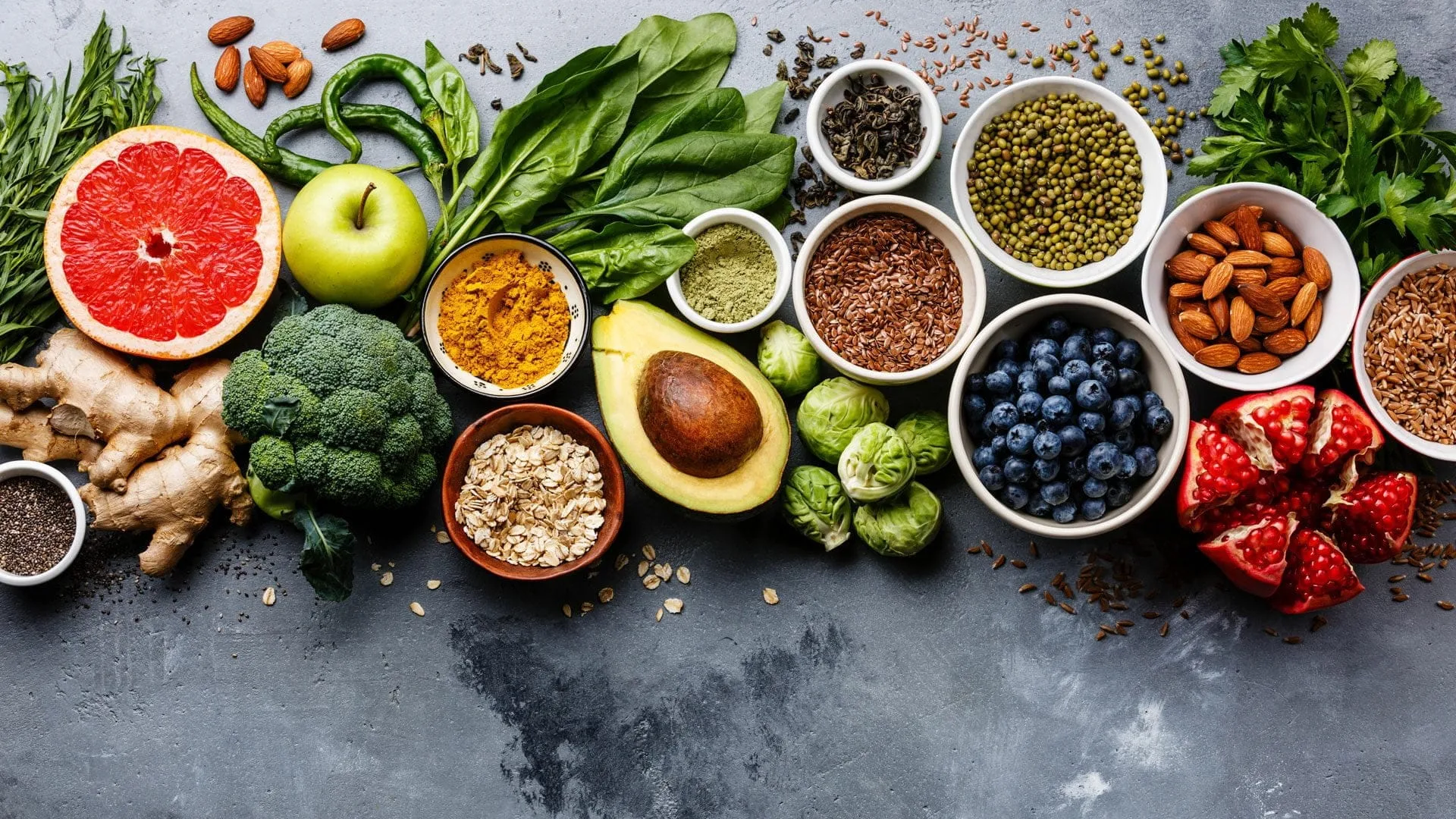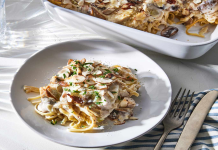Okay, let’s talk about this whole “Brazilian vegetables” thing I tried to get into.

Getting Started
So, I decided I wanted to explore Brazilian vegetables. Heard a bit about them, sounded kinda exotic, you know? Figured I’d grab some, cook ’em up, see what the fuss was about. Seemed straightforward enough at the start.
The Hunt
First step, obviously, was finding the things. Went down to the big international market first. Lots of stuff there, but finding things specifically labeled “Brazilian” was harder than I thought. Saw some familiar faces: collard greens, okra, yams… but were they the Brazilian kind? Who knows. The labels weren’t always helpful.
Then I tried a smaller Latin market. Better luck there, maybe? Found some yucca root, which I know they call mandioca or aipim in Brazil. Picked that up. Also grabbed something that looked like a pale green pear, the sign said “Chuchu”. Okay, progress. And they had collard greens again, but the lady there said Brazilians slice them super, super thin. Fine, got some of those too.
Trying Things Out
Got home with my haul. Wasn’t exactly a huge, exotic basket, felt a bit… normal?
- Mandioca (Yucca): Decided to boil it first, like potatoes. Peeled it – that skin is tough! Boiled it for ages. It got soft, kinda starchy. Tasted alright, a bit plain. Later I fried some pieces, that was way better. Crispy outside, soft inside. Okay, I see the appeal there.
- Chuchu (Chayote): This one was weird. Cut it open, big seed inside. Cooked it by sautéing with some garlic and onion. Honestly? It didn’t taste of much. Kinda watery, took on the flavor of whatever I added. Felt like a filler vegetable. Maybe I did it wrong?
- Couve (Collard Greens): This was the most interesting part. Washed them, stacked the leaves, rolled them up tight like a cigar, and sliced them really, really thin. Then just quick-fried them with garlic in a bit of oil. Served it crunchy. Totally different texture from the slow-cooked collards I’m used to. Liked this one. Fast, simple, tasty side.
What I Realized
After cooking and eating, I started thinking. It wasn’t really about finding completely new vegetables I’d never seen before. Sure, some things might be more common there, like maybe certain peppers or fruits used in savory dishes.

But mostly, it seemed like “Brazilian vegetables” is more about the way common vegetables are used and prepared. Mandioca is a staple, used in tons of ways. Collard greens are prepared specifically (thinly sliced, quickly cooked). Okra (quiabo) is common too, often in stews, sometimes fried. Same for things like abóbora (pumpkin/squash).
It’s the context. It’s how these everyday vegetables become part of classic Brazilian dishes like feijoada (where the thinly sliced couve is essential) or moqueca or just simple side dishes served with rice and beans.
Final Thoughts
So, my journey into Brazilian vegetables ended up being less about discovering crazy new plants and more about understanding a different approach to cooking familiar ones. It wasn’t some magic list of unique items. It was more about staple ingredients and preparation techniques. Mandioca is definitely a keeper, especially fried. And I’ll be slicing my collards thin like that again.
Was it worth the effort? Yeah, I guess. Learned something. Demystified it a bit for myself. It’s just food, prepared the way people like it there. Nothing too complicated, really.









